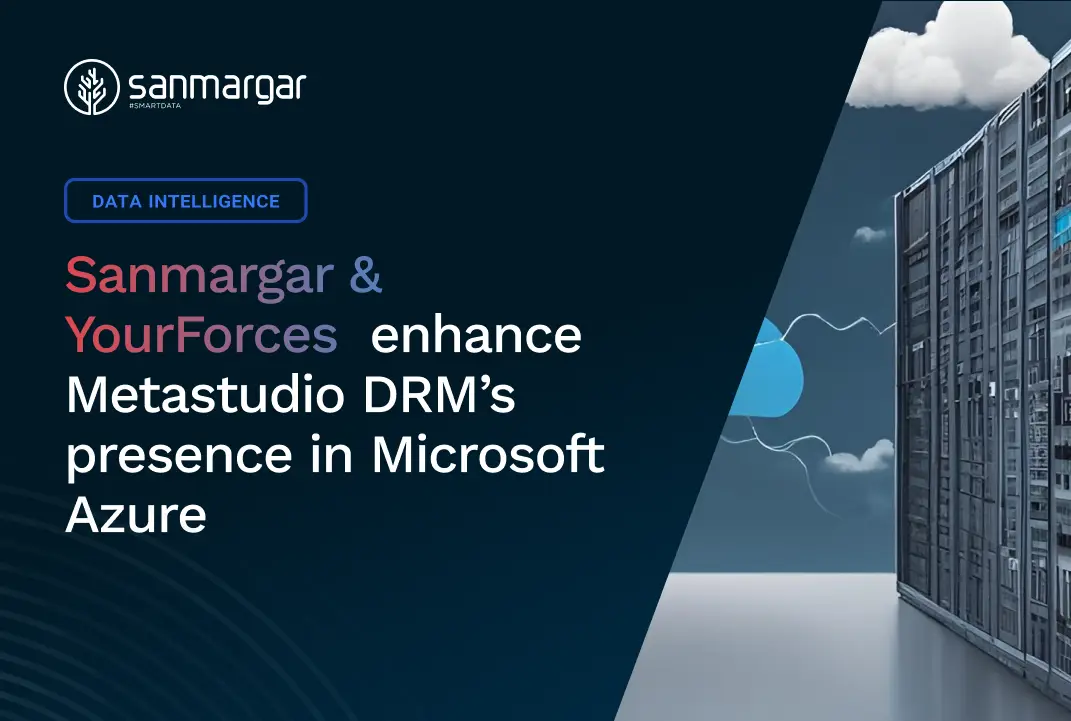Databases and Business Intelligence tools are becoming more and more efficient. Users can create reports more and more intuitively. Databases are returning query results faster and faster. However, one issue remains unresolved: how to effectively distribute data processing between the database and the reporting tool?
Business Intelligence tool is not a reference data dictionary solution
By design, the database is optimized for processing queries encoded, e.g. in SQL. It is not complicated, but for various reasons, database administrators are reluctant to provide this option to all willing users. Business Intelligence (BI) tools give users controlled freedom in using data. What happens when we use it to build data grouping in the report? Instead of aggregated data, the BI tool downloads all data from the database and the tool calculates it accordingly. What happens when we plan to use the same grouping in other reports?
We can copy the report or data from the report and based on it create a new report. But what happens if we want to make grouping changes? How update the data in all reports? Maybe it is better to transfer the grouping to the database and create from it the so-called “dictionary”. Using dictionary data, we can then perform all queries and we guarantee that the data will be consistent in all reports using the same data. We are one step away from the so-called one version of truth.
But what happens when you need to make changes? How can business users, sometimes even their group, make changes to dictionaries? The natural solution is to involve the database administrator in this task. It ends very quickly with the creation of a simple application for entering / modifying dictionary data by business users.
How to manage a crowd of dictionaries?
This works until suddenly it turns out that there are several dozen or several hundred dictionaries and several dozen people are involved in the maintenance process. Maintaining the right quality and maintaining data security principles requires the implementation of an appropriate dictionary management tool, the Reference Data Management tool like Metastudio DRM.
Such a tool allows securely providing business users with the ability to edit report parameters while maintaining a change history. A number of facilities allow for quick changes. At the same time, administrators have the ability to monitor the process of maintaining dictionary data in one place.
Stay in touch! Soon we invite you to the webinar on this topic.




